Do you know what solids dissolve in water and what do not? Here we have a super fun kitchen science experiment for kids that’s very easy to set up! Learn about solutions, solutes, and solvents through experimenting with water and common kitchen ingredients. We love simple science experiments and STEM all year round!
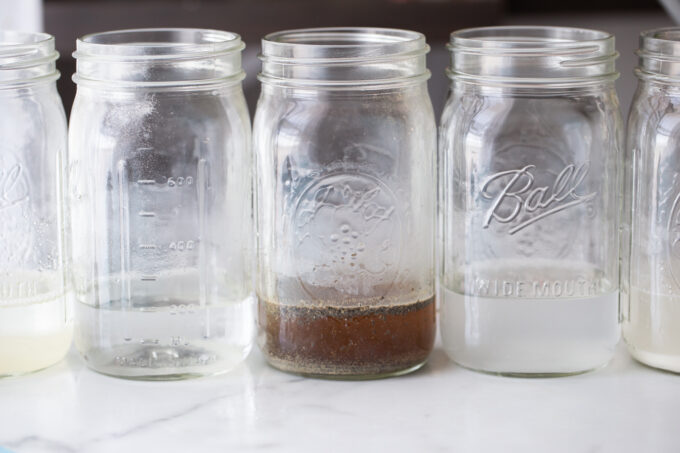
What Dissolves in Water?
Have you ever wondered why some things dissolve in water while others don’t? Join us as we dive into the fascinating world of solvation – the process where substances disappear into water. In this experiment, we will witness firsthand how water, the “universal solvent,” interacts with different substances.
Through simple yet captivating demonstrations, we’ll uncover the secrets behind dissolving and understand why water plays such a crucial role in our everyday lives. So, grab your lab coats, and let’s embark on this journey to unravel the mysteries of water’s remarkable ability to dissolve!
Watch the video:
Free Printable Science Process Pack
Enhance your What Dissolves in Water experiment with this free pack!
YOU WILL NEED:
- Five different powders: Sugar, Salt, Gelatin Powder, Flour, and Pepper. What else can you find to use?
- Five clear jars
- Water
- Stirrers
- Data Sheet (optional)
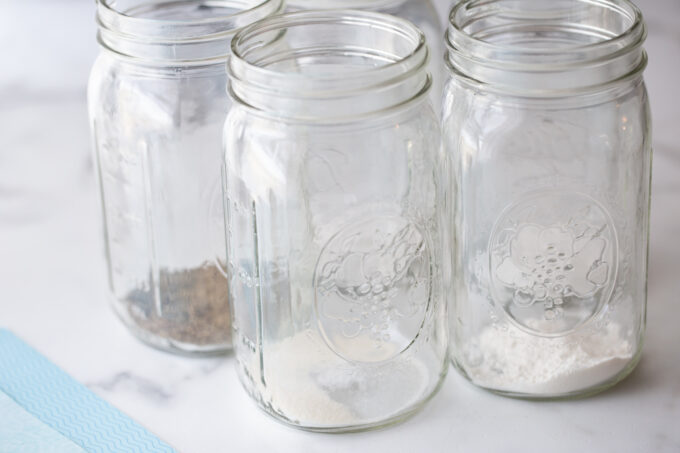
How to Set Up Dissolving Experiment
STEP 1. Start by talking about what they (kids) think will happen when you add water to your jars.
STEP 2. Then you want to heat the water so it is warm. This makes the experiment happen a bit faster. (Alternatively, try the experiment with cold and warm water, and note the differences.)
FUN FACT: Long ago, alchemists tried to turn substances into gold (unsuccessfully I might add), but they pioneered the idea of experimenting and testing for us! Let your kids be modern-day alchemists with this simple chemistry experiment!
STEP 3. Add one tablespoon of each material to each jar.
STEP 4. Next, pour 1 cup of warm water into each jar. A good scientist carefully measures so that all variables but one are the same. In this case, the amount of water is the same, but the material in each jar is different.
Read more about variables in science here.
STEP 5. Lastly, you want to give each jar a stir and then wait 60 seconds. I love having a kid-friendly stopwatch on hand for these activities.
Once the time is up, kids can determine which materials dissolved in the water and which didn’t. Were they correct? Did they need to change their answers?
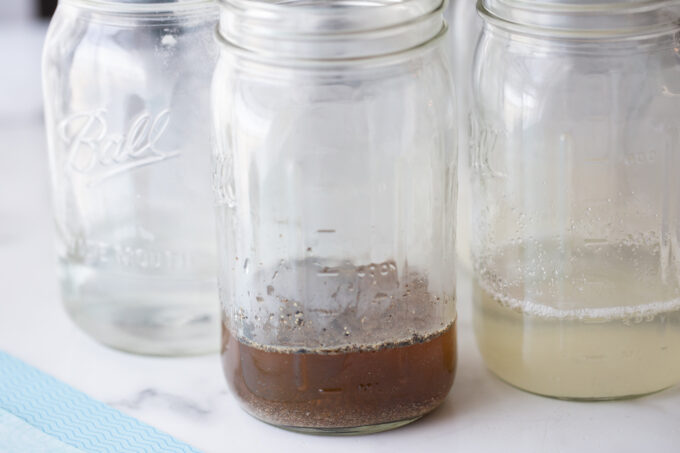
What do your results show you? Can you pick out which ones are homogeneous mixtures? Read more about solutions below!
Quick Vocabulary
Solute: The solute is the substance that gets dissolved in a solution. The component is present in a smaller amount and dissolves into the solvent.
Solvent: The solvent is the substance that dissolves in a solution. It’s the component that is more significant and is responsible for dissolving the solute.
Solution: A solution is a mixture formed when a solute is dissolved in a solvent. It’s a homogeneous mixture where the solute particles are evenly distributed and dispersed throughout the solvent.
Things that Dissolve in Water
When you dissolve something in water, like salt or sugar, the water molecules surround the particles of the substance you’re dissolving. Imagine the water molecules as little magnets. They pull apart the substance’s particles and spread them evenly throughout the water.
So, instead of clumping together, the substance mixes into the water, becoming a part of it. This happens because water molecules are like magnets with positive and negative ends, attracting and surrounding the particles of the substance you’re dissolving. That’s why things dissolve in water.
More Fun Dissolving Experiments to Try
- Skittles Experiment
- Dissolving Candy Fish
- Sugar Crystal Experiment
- M&M Experiment
- Liquid Density Experiment
Turn It Into A Science Fair Project
Science projects are an excellent tool for older kiddos to show what they know about science! Plus, they can be used in many environments, including classrooms, homeschool studies, and groups.
Kids can take everything they have learned about using the scientific method, stating a hypothesis, choosing variables, making observations, and analyzing and presenting data.
Want to turn one of these experiments into an awesome science fair project? Check out these helpful resources.
Helpful Science Resources To Get You Started
Here are a few resources that will help you introduce science more effectively to your kiddos or students and feel confident yourself when presenting materials. You’ll find helpful free printables throughout.
- Best Science Practices (as it relates to the scientific method)
- Science Vocabulary
- 8 Science Books for Kids
- All About Scientists
- Free Science Worksheets
- Science Supplies List
- Science Tools for Kids
Printable Science Projects For Kids
If you’re looking to grab all of our printable science projects in one convenient place plus exclusive worksheets and bonuses like a STEAM Project pack, our Science Project Pack is what you need! Over 300+ Pages!
- 90+ classic science activities with journal pages, supply lists, set up and process, and science information. NEW! Activity-specific observation pages!
- Best science practices posters and our original science method process folders for extra alternatives!
- Be a Collector activities pack introduces kids to the world of making collections through the eyes of a scientist. What will they collect first?
- Know the Words Science vocabulary pack includes flashcards, crosswords, and word searches that illuminate keywords in the experiments!
- My science journal writing prompts explore what it means to be a scientist!!
- Bonus STEAM Project Pack: Art meets science with doable projects!
- Bonus Quick Grab Packs for Biology, Earth Science, Chemistry, and Physics


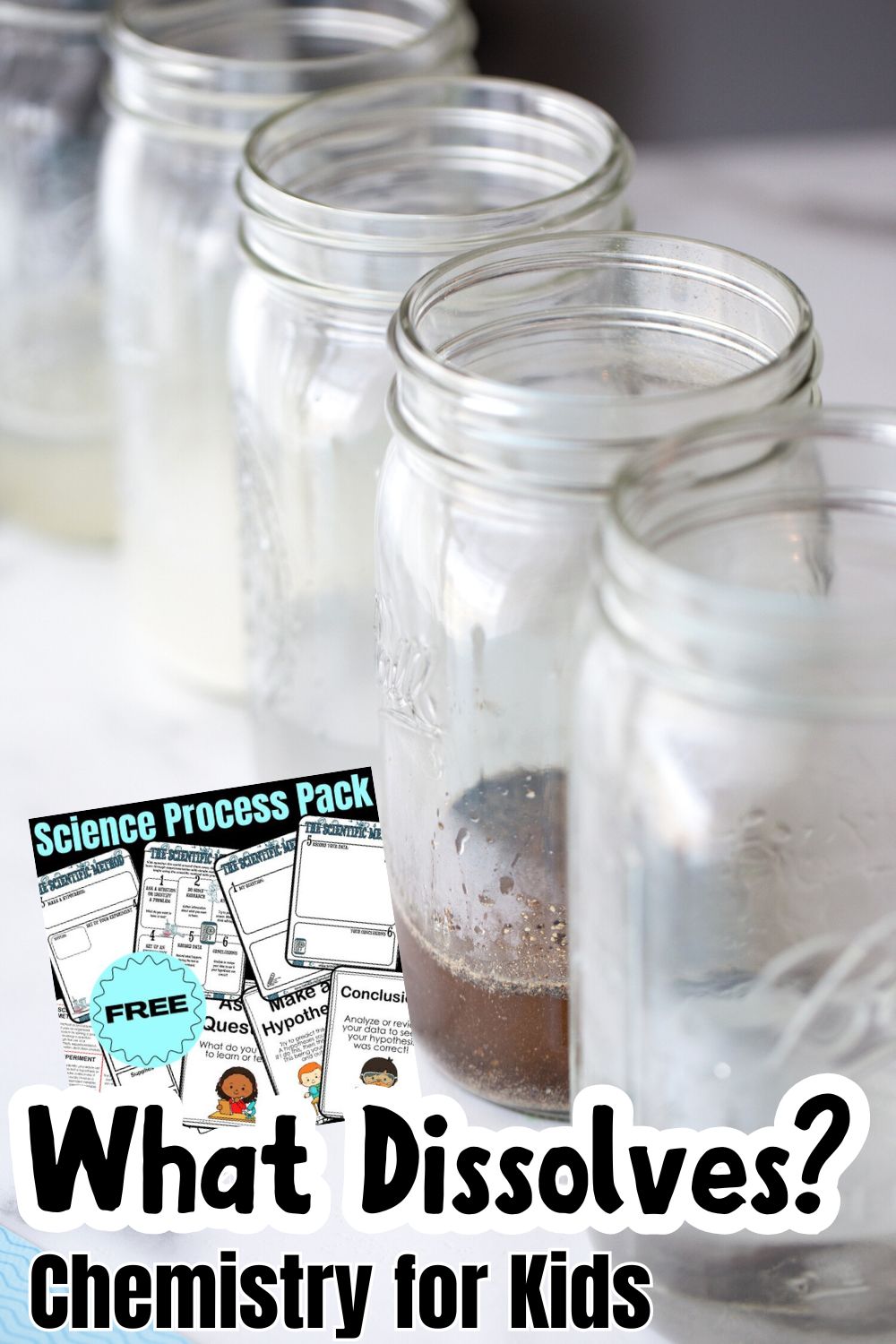
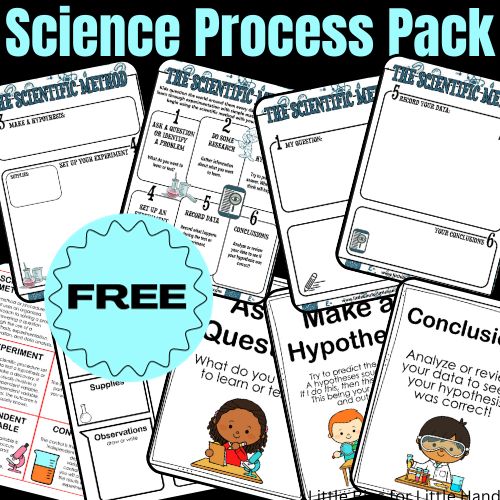







5 Comments
Comments are closed.